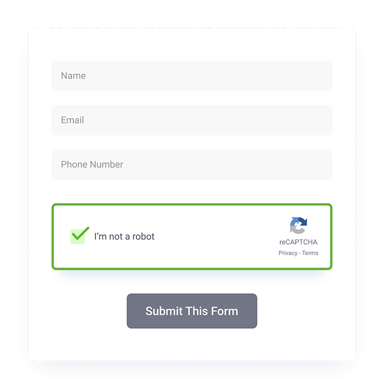Three Metrics That Will Change Lead Generation On Facebook
For decades lead generation and lead management experienced very few significant changes, but now the field is constantly in flux thanks to social networks that have thrown a wrench into many lead generation strategies. It’s not just that marketers have to adjust their plans to these new social networks, they also have to stay up to date as Twitter, Facebook, Linkedin and the smaller networks continuously tweak their functionality. Each new feature can completely operate lead automation practices because what works well one month might be completely irrelevant the next. For example, Facebook recently revamped their Facebook Insights tools which work as a sort of analytics for Facebook pages. If you’re using Facebook to generate leads, here are three key areas to pay attention to over the next couple months and work into your lead generation strategies.
Track People Talking About This
People Talking About This is one of the new metrics for Facebook Pages. Unlike other metrics on your Insights dashboard, it’s also the only one visible to the public.
This number represents the total number of people who, over the past seven days, have engaged with your Page in any way — by Liking it, commenting on or sharing a post, answering a question, tagging your Page, or responding to an event. In your Insights dashboard, you’ll also see a percentage increase or decrease next to the current number, so you can compare this week’s engagement against last week’s stats.
If you want to build a thriving community on Facebook to generate leads — or if you want to turn existing fans into raving superfans — engagement is the most critical metric you can track. And People Talking About This is a good measure of overall engagement.
Luckily, the best way to increase engagement is easy: Just ask.
Ask your fans questions, request their opinions, and ask people to click. Don’t post, “I’m excited about the Superbowl this year!” Instead, write, “Click Like if you’re excited about the Superbowl this year!” You can also ask people to share your content. I might write, “If you found this tip useful, make sure to share it with your friends.” Inserting mini calls-to-action reminds your audiences to act, not just read. By engaging more with your fans you’ll be able to draw them over to your landing pages to gain new leads.
Tip: Never let a post go unattended — meaning, when someone does comment, Like or share your post, reach out to him personally and acknowledge his action with a thank you, or use it as an opportunity to expand the conversation. But whatever you do, don’t leave fans hanging.
Track Engaged Users
On your Insights dashboard, you’ll see a chart in the Page Post Information area with a column called “Engaged Users.” The number represents the number of unique people to have clicked anywhere on that post. (Note: Insights only tracks this for 28 days.)
Hint: If you click on the number itself, you’ll also see a pie chart with types of clicks, including “other,” which counts the clicks not included in any other metric (clicking on someone’s name, for example). This shows you how many people are really paying attention, even if they don’t comment or click Like.
Engaged Users is another engagement-related metric, but since it tracks actual clicks, you can see how your audience interacts with your posts — and use this information to craft more engaging calls-to-action.
Tip: Target posts to your ideal audience. If you’re not getting steady, increasing clicks on your posts over time, the most likely culprit is that you’re not giving your audience members the information they need.
To create more targeted posts, ask yourself:
- Who is my ideal audience? Age? Male/Female? Location?
- What type of information do they want from me?
- What are the main challenges I can solve for them?
Instead of guessing the answers, collect feedback online or use Facebook polls to find out more about what your audience is actually looking for.
Track External Referrers
Click on Reach (under Insights in your sidebar) and scroll down to find “External Referrers.” You’ll see a list that shows how many times people arrived on your Facebook Page from an external site during a selected date range.
All business owners should know where and how people are finding them online. While it’s important to direct traffic from social media to your main “hub,” whether it’s a blog or a static business site, bringing traffic onto your Facebook Page is also important.
Why? Because Facebook allows you to have conversations and build relationships that you just can’t have on a regular website. Those conversations can yield powerful market insights and, eventually, lead to actual sales.
Tip: Actively drive traffic to Facebook. Start by determining where your current referrals are coming from, and then ask yourself whether you’re doing all of the following.
- Am I optimizing my Facebook Page so that when Google indexes Facebook, users find my Page too? Make sure to include keyword-rich information on your “Info Tab” to help users find you easily.
- Am I doing enough outside of my website and Page to bring traffic in? One way to do this is by guest posting to blogs in your niche, especially highly trafficked blogs. In general, getting yourself out there is good, whether by webinars, teleconferences, interviews or free online trainings. Each is a great forum for driving more traffic to your Facebook Page — and you can get feedback on participant experiences when they stop by.
- Does my website account for some of my referrals? If not, make some changes to your business site. Add a Like box social plugin, include share buttons, and of course, display your social icons in a visible place on every page.
[via FBInfluence]



